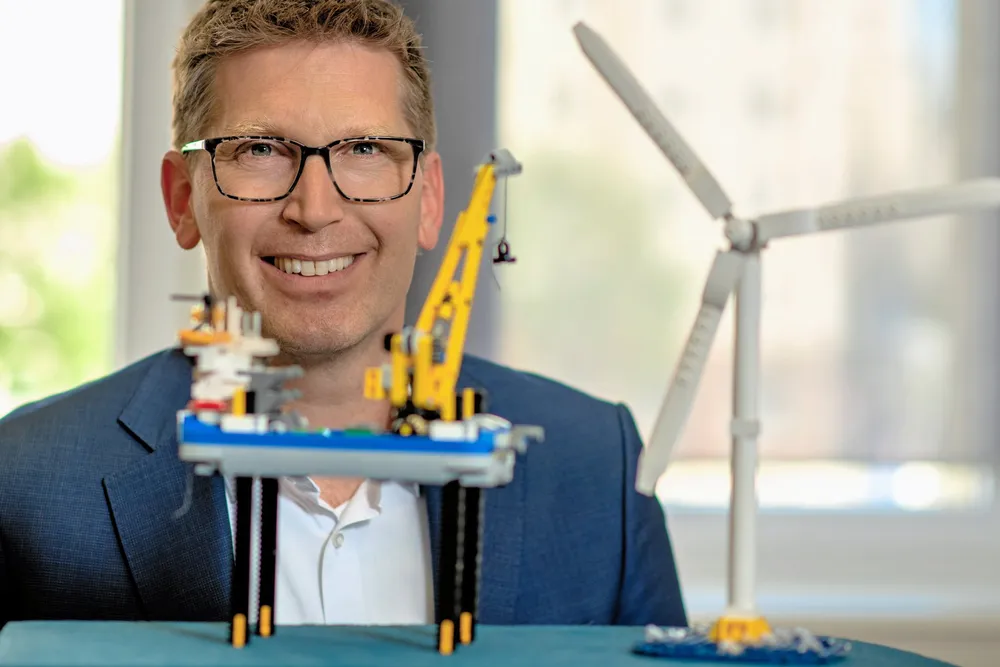German negative offshore wind bidding 'high risk' and 'undermining competition'
Group representing operators of wind at sea says fact that there are only two bidders shows current auction design deters broader participation

The procedure amounting to negative bidding for the right to build and operate the 1GW N.9.4 far-offshore site in the North Sea clearly points to increasing challenges posed by the current auction concept, the German offshore wind federation (BWO) said. The group represents operators for wind at sea in Europe’s second-largest offshore wind market.
"The fact that two zero-cent bids have been submitted shows that there are investors who believe in the viability of offshore wind projects under market conditions and through power purchase agreements,” BWO managing director Stefan Thimm said.
But he also warned: “At the same time, the limited number of bids also reflects the high level of risk associated with the current auction design. These risks are deterring broader participation and undermining competition.”
“We must also acknowledge that offshore wind markets are not easily comparable. Each market operates under specific regulatory, financial, and grid conditions,” Thimm added.
The German system indeed is different from, for example, the British one.
Although the N-9.4 site hasn’t been pre-developed by the state yet, the grid link will be built by transmission system operator (TSO) TenneT, without costs for the developer or operator. The TSO throughout the operational life of the array will receive most of the payments the developer agrees to pay in the tender, which then is supposed to lower a grid fee consumers have to pay on top of their power bills.
In the UK, by contrast, the developer has to build the grid connection itself, involving upfront costs, before ownership is transferred later to separate investors who bid for the rights to run it.
Despite differences in the German system, the BWO calls upon the German government to act quickly to reform the offshore auction system, and make it more comparable with the by and large (despite the Hornsea cancellation) successful CfD scheme in the UK and meanwhile in most other European offshore wind markets.
“Introducing a two-sided CfD mechanism would enhance investment security and send a clear signal to re-activate market interest and increase competitive participation,” Thimm said.
The measure is seen as a test for greater system efficiency, as it should allow more days on which the wind farm can run at the full grid connection capacity.
The German grids agency didn’t immediately say when it will publish the result of today’s negative bidding round.